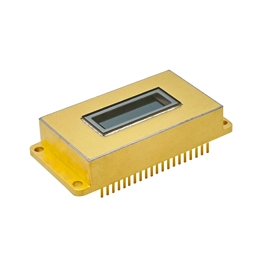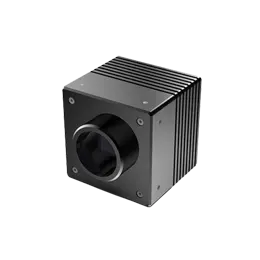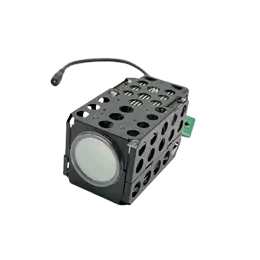In today's fast-paced technological world, quality control is more important than ever in ensuring that semiconductor components meet the highest standards. One key technology that is playing a crucial role in semiconductor quality control is InGaAs technology. In this blog, we will explore the significance of InGaAs technology and how it is revolutionizing the way semiconductor manufacturers maintain quality standards.
InGaAs technology refers to the use of Indium Gallium Arsenide (InGaAs) material in semiconductor applications. This compound semiconductor is known for its exceptional electrical properties, making it ideal for high-speed, high-frequency applications. InGaAs technology has gained popularity in recent years due to its ability to enhance performance in a wide range of electronic devices, such as photodetectors, transistors, and laser diodes.
One of the key advantages of InGaAs technology in semiconductor quality control is its superior sensitivity and efficiency in detecting defects in semiconductor components. InGaAs-based detectors can identify minute variations in the electrical properties of semiconductor materials, allowing manufacturers to pinpoint and address quality issues before they compromise the integrity of the final product. This level of precision is essential for ensuring the reliability and performance of semiconductor devices in various industries, from telecommunications to healthcare.
Another crucial aspect of semiconductor quality control is optimizing yield rates, which refers to the percentage of usable devices that are produced during the fabrication process. InGaAs technology plays a vital role in improving yield rates by providing accurate measurements of key parameters, such as carrier concentration and mobility, which directly impact the performance of semiconductor devices. By leveraging InGaAs technology in quality control processes, manufacturers can minimize defects and maximize the yield of high-quality semiconductor components.
As semiconductor technology continues to advance, the demand for InGaAs technology in quality control applications is expected to grow. InGaAs-based sensors and detectors are increasingly being integrated into automated inspection systems to enhance the efficiency and accuracy of semiconductor production processes. Furthermore, ongoing research and development efforts are exploring new ways to leverage InGaAs technology for advanced applications, such as quantum computing and optoelectronics.
In conclusion, InGaAs technology is playing a pivotal role in semiconductor quality control by enabling manufacturers to detect defects, improve yield rates, and ensure the reliability of electronic devices. As the semiconductor industry continues to evolve, InGaAs technology will likely remain a key driver of innovation and quality assurance. By investing in InGaAs technology and emerging applications, semiconductor manufacturers can stay ahead of the curve and deliver cutting-edge products that meet the highest quality standards.



